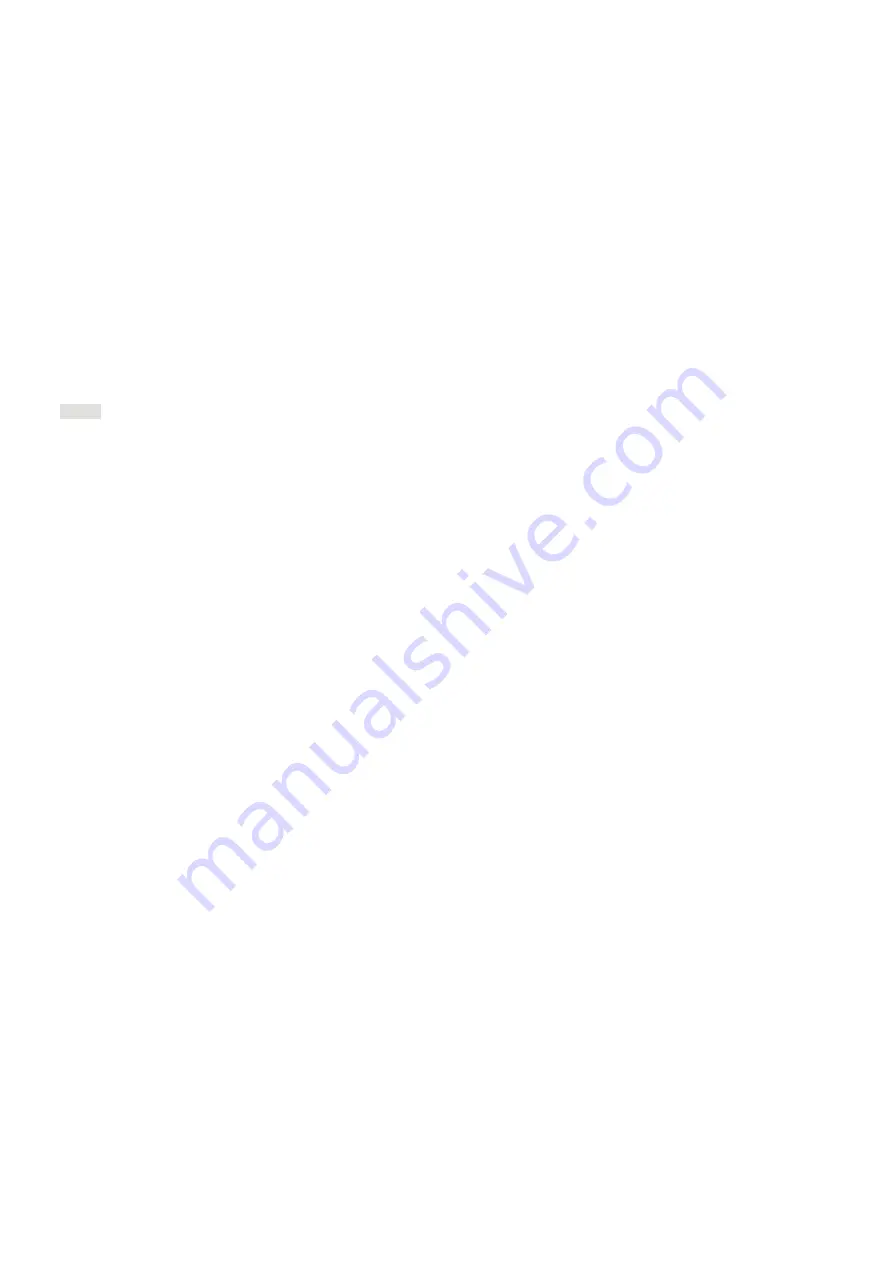
Tips
NL
•
Zet een tunneltent altijd met de voor- of achterkant richting wind.
•
Zet de tent niet te dicht op bomen en struikgewas, houd altijd een veilige afstand. Dingen die uit de
bomen vallen kunnen de tent beschadigen.
•
Zet de tent altijd goed vast met scheerlijnen.
•
Ventilatie is enorm belangrijk bij tenten. Alle Nomad tenten hebben voldoende ventilatiemogelijkheden.
Lucht de tent regelmatig om het verstikken van het tentdoek en condensatie aan de binnenzijde tegen
te gaan.
•
De geleverde haringen zijn geschikt voor een grasondergrond. Indien u uw tent op een andere
ondergrond wilt opzetten, adviseren wij u haringen te gebruiken die specifiek voor de betreffende
ondergrond gemaakt zijn.
•
Het is belangrijk de tent eerst thuis een keer op te zetten, voordat u werkelijk op pad gaat. U kunt op
deze wijze bekend raken met de tent en controleren of hij compleet is.
•
Indien u als additionele bescherming tegen steentjes e.d. een extra grondzeil wilt gebruiken, neem dan
geen zeil met weekmakers, daar deze het grondzeil van de tent aantasten. Het zeil mag ook niet volledig
waterdicht zijn, omdat dan eventueel overtollig water tussen de twee zeilen niet weg kan lopen.
EN
•
Always pitch a tunnel tent with either the head or tail into the wind.
•
Do not pitch the tent too close to trees and bushes, always keep a safe distance. Anything falling from
the trees could damage the tent.
•
Always secure the tent well with guy lines.
•
Ventilation is extremely important with tents. All Nomad tents have sufficient means of ventilation. Air
the tent regularly to prevent the tent cloth from suffocating and condensation forming inside the tent.
•
The pegs supplied are suitable for grass. If you plan to pitch your tent on any other ground, we advise
you to use pegs intended specifically for that particular ground.
•
Before you actually start out on your journey it’s important to erect the tent at least once at home, to get
acquainted with it and to check that it is complete.
•
If you would like to use an extra ground sheet for additional protection, do not use a sheet that contains
any softeners, as these corrode the other groundsheet. It may not be fully waterproof either, as in this
way any surplus water between the two groundsheets cannot drain off.
EN
•
In general the tent will not need additional seam sealing but to be absolutely sure, the points where the
loops are stitched on can be tipped with seam sealer. Always apply seam seal on the inside of the outer
fly.
•
When in use, clean your tent at least once every two weeks.
•
To clean your tent, rub softly with a soft brush or cloth and lukewarm water. Do not use any detergents;
these will corrode the water repellence.
•
A wet tent should never remain packed for longer than 24 hours otherwise the cloth could start to
decay.
•
Prevent getting resin (from trees) on the tent fabric, as this cannot be cleaned. Bird excrements should
be removed as soon as possible with lukewarm water and a soft cloth.
•
Broken or damaged tent poles can be temporarily repaired with the repair sheath supplied. Slide the
sheath over the broken section and fix in place either with tape or by flattening the ends of the sheath
with clothes-pegs. Contact your local dealer for a permanent replacement for the broken section.
•
Do not pitch your tent for lengthy periods in full sunshine if this can be prevented. The UV rays will
damage the coating (if applicable) and colour of the tent cloth, which will shorten the life of the
material.
























